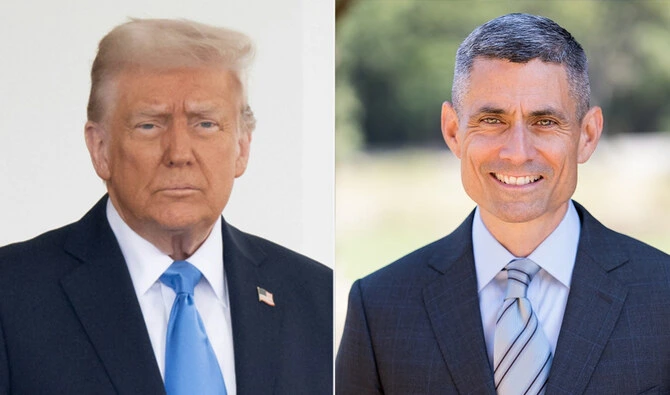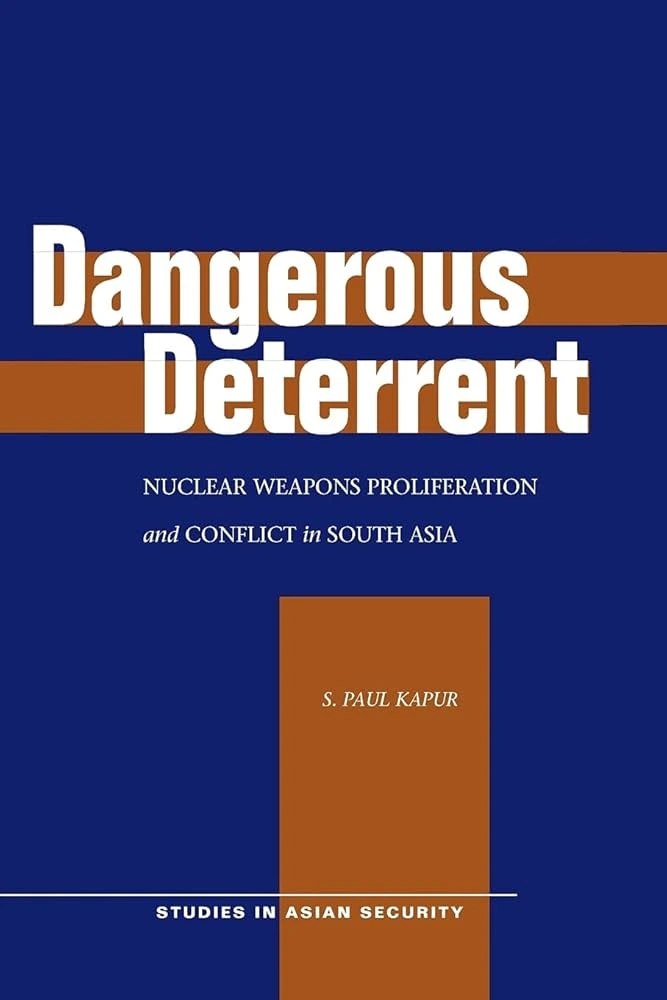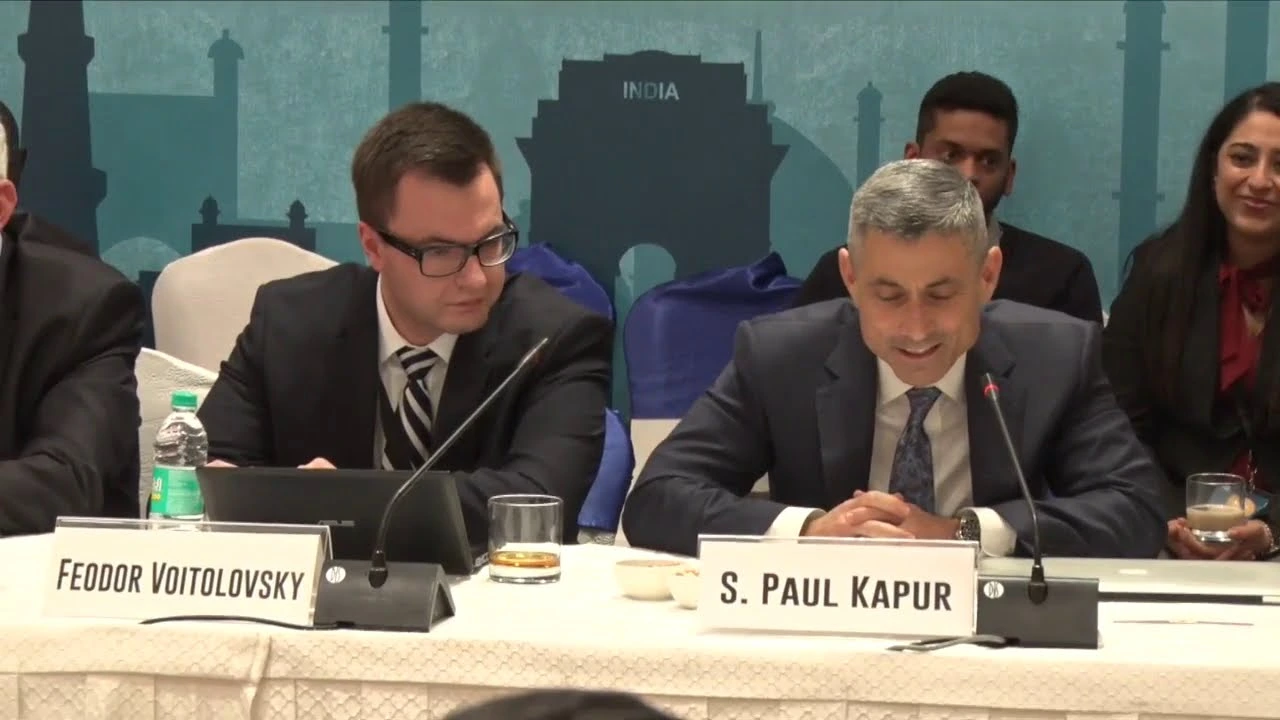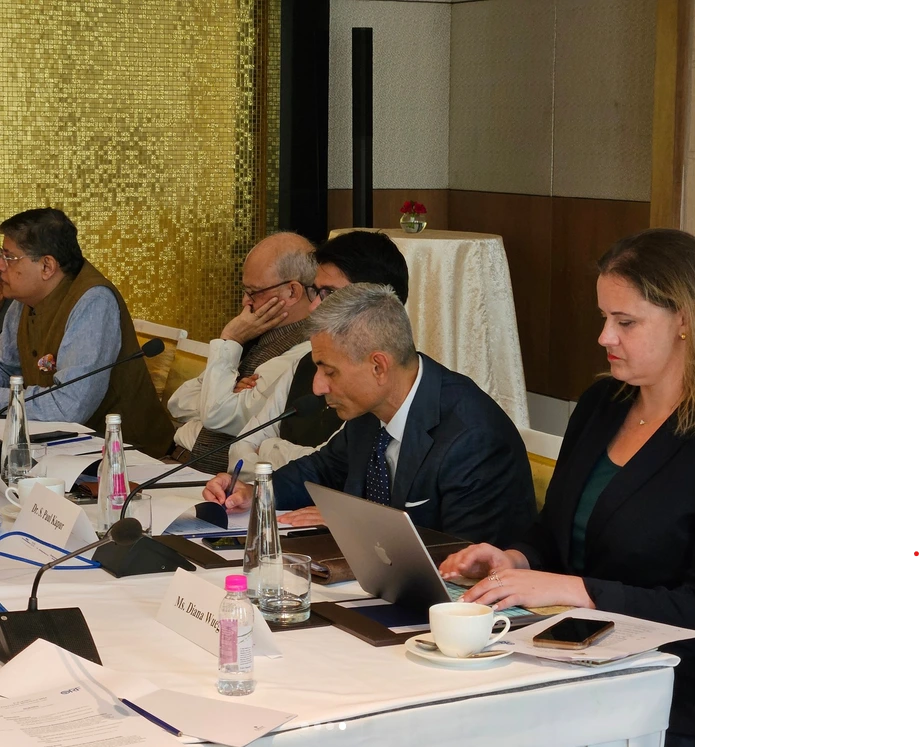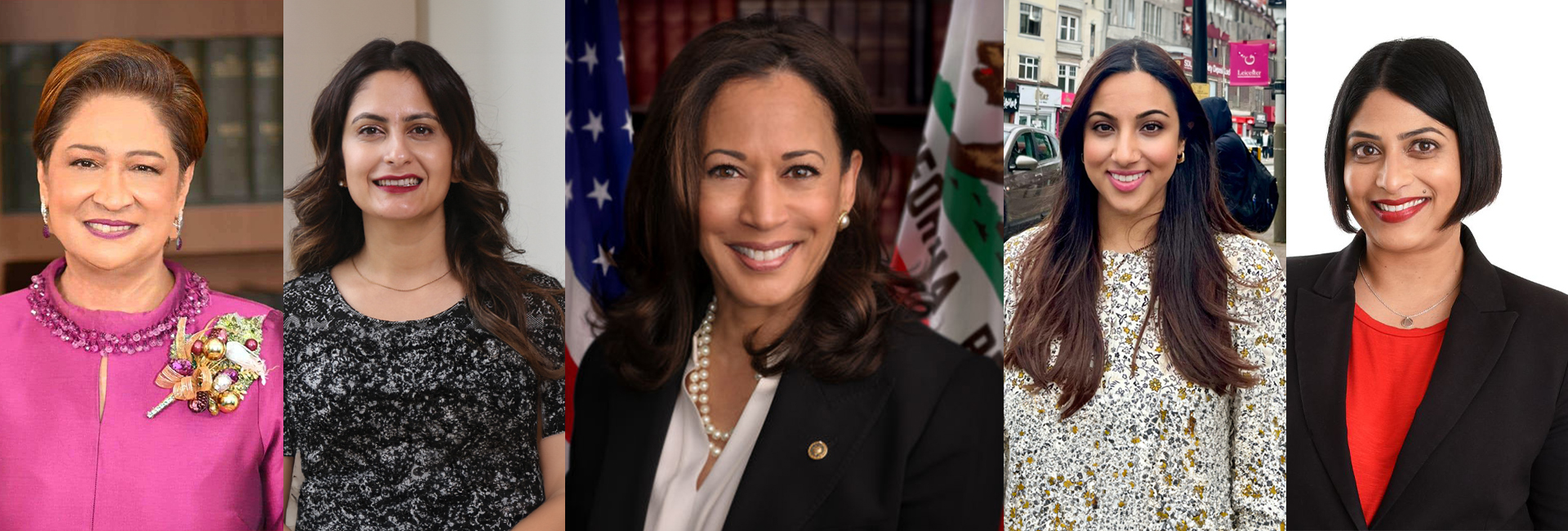(June 17, 2025) “I was a thoroughly American kid,” S Paul Kapur once said. “I never imagined that I would someday return to the place where I was born.”
S Paul Kapur was born in New Delhi, the child of an Indian father and an American mother. His early years were shaped by two cultures. But he grew up in the United States, far from the region he would one day study — and help shape policy for. In 2025, that quiet connection to India came full circle when U.S. President Donald Trump nominated him as Assistant Secretary of State for South and Central Asian Affairs.
If confirmed by the Senate, Kapur will succeed Donald Lu, who held the position during the Biden administration and stepped down in January. For Kapur, a professor and scholar of South Asian politics, the nomination is a turning point—both in his career and in the story of Indian-American representation in U.S. government.
An Academic Life Bridging Cultures and Conflict
Kapur’s story began in New Delhi but unfolded mostly in America. His family moved to the U.S. when he was young, and he was raised with an American identity. Yet India remained quietly present — through language, food, and those regular visits that gave him a glimpse into a different rhythm of life. That duality shaped his outlook, even if he didn’t realise it at the time. As he later put it, he never expected his professional path to return him to the region of his birth.
He went on to study at Amherst College, a top liberal arts college in Massachusetts. Then came a Ph.D. from the University of Chicago, where he focused on political science. It was there that he first began to study the region he had once visited as a child. His interest in South Asia deepened, blending the personal with the academic, and set the course for the rest of his career.
He built a strong academic reputation over the next two decades. He taught at Claremont McKenna College, became a professor at the U.S. Naval Postgraduate School, and also worked as a visiting fellow at Stanford University’s Hoover Institution. In these roles, he gained recognition as an expert on South Asian security, especially the complex relationship between India and Pakistan.
Shaping Strategy Through Scholarship
His work includes books like Dangerous Deterrent: Nuclear Weapons Proliferation and Conflict in South Asia, Jihad as Grand Strategy: Islamist Militancy, National Security, and the Pakistani State, and India, Pakistan, and the Bomb (co-authored). These books became essential reading for anyone trying to understand the region’s security dynamics.
In his research, Kapur argued that nuclear weapons had not brought peace to South Asia. Instead, they had created a dangerous balance—one that allowed limited conflicts to erupt without escalating to full war. He also wrote that Pakistan’s support for militant groups wasn’t accidental or short-term, but a long-standing strategy to counter India’s power.
These bold positions made Kapur stand out. His work was widely read in policy circles, and his ideas began to shape how American officials thought about South Asia.
From Policy Papers to Power Corridors
His move from the classroom to government began during Trump’s first term. In 2020, he joined the U.S. State Department’s Policy Planning Staff, working on South Asia, the Indo-Pacific region, and U.S.-India strategy. He helped shape high-level thinking about India’s role in balancing China’s rise and keeping the region stable.
He also directed a semi-official U.S.-India strategic dialogue and stayed active in both American and Indian policy networks. He often spoke at the Observer Research Foundation in Delhi and collaborated with think tanks in Washington. Colleagues described him as someone who could explain India to Americans—and America to Indians.
A Strategic Voice at the Heart of U.S. South Asia Policy
In February 2025, President Trump nominated Kapur to lead the South and Central Asia bureau at the U.S. State Department. If confirmed, he will be responsible for U.S. relations with countries including India, Pakistan, Bangladesh, Afghanistan, Sri Lanka, Nepal, and Central Asia.
This role is one of the most important in shaping U.S. foreign policy in the region. The Assistant Secretary leads diplomacy on trade, security, regional stability, and strategic cooperation. In a part of the world that includes two nuclear powers and rising Chinese influence, the job demands both experience and balance.
During his Senate confirmation hearing in June, Kapur spoke with clarity and depth. He said India and the United States share important goals: “ensuring a free and open Indo-Pacific region, which is not dominated by China; expanding bilateral trade… facilitating technology sharing and innovation; and ensuring access to the energy necessary to fuel our economies.”
He called the U.S.-India relationship “tremendously promising” and added, “If confirmed, I will work to further advance US-India relations and put our partnership on course to realise its tremendous promise.”
He has also not been shy to critique U.S. policy when needed. In 2021, he said the Biden administration had downplayed India’s role in its Indo-Pacific strategy, warning that it sent the wrong signal about how seriously the U.S. viewed its partnership with India.
A Diaspora Milestone in Policy and Identity
For the Indian diaspora, Kapur’s nomination is a proud moment. It shows that scholarship—not just politics or business—can lead to public service at the highest levels. It also highlights how Indian-Americans continue to shape U.S. policy across parties and fields.
Today, the Indian-American community is growing in size and influence. From tech CEOs to senators to diplomats, their presence is visible across sectors. Kapur adds another dimension to this presence—not through headlines or elections, but through ideas and expertise.
His journey—from a child visiting India on family trips, to a scholar of nuclear strategy, to a nominee for a key diplomatic role—is one that many in the diaspora will relate to. It is also a reminder that identity is not just about where you’re from, but about what you choose to contribute to.
If confirmed, S. Paul Kapur will be one of the most senior Indian-origin officials shaping America’s engagement with South and Central Asia. A bridge between two countries he has long studied—and two cultures he has always called his own—he stands ready to return to the region not just as a visitor, but as a voice of policy and principle.
“Appearing before this committee today really does return me to my beginning,” Kapur told senators at the end of his testimony. A beginning in Delhi, a life in America, and now a future that might shape both.
ALSO READ | From Nova Scotia to Global Stage: Anita Anand makes history as Canada’s first Hindu foreign minister


